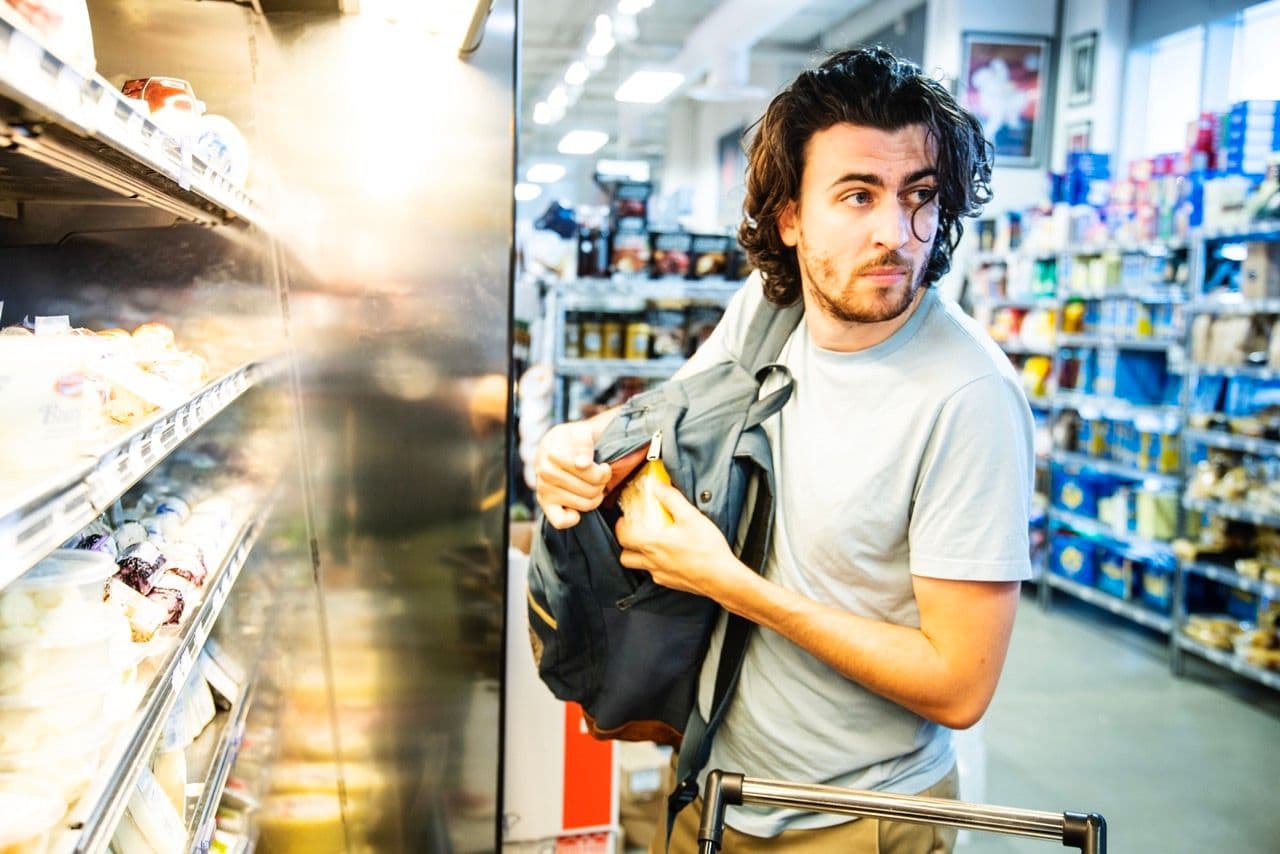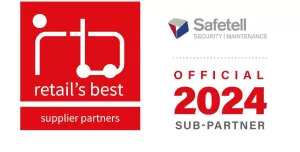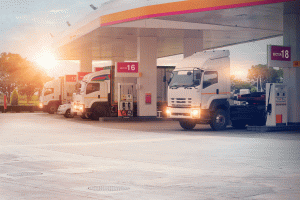High Value Theft In The Convenience Sector And Its Consequences
21 September, 2022
Convenience stores still reeling from the effects of the COVID-19 pandemic and the looming recession have to prepare for a disturbing new trend: the rise in shoplifting and high-value theft. According to the Office of National Statistics data, shoplifting increased by 21% in March 2022.

While shop theft can largely be attributed to opportunistic individuals (often fueled by addiction), much of these losses are driven by organised groups who steal high-value goods that can be sold at a lower price on the black market. Some of the most commonly stolen high-value items include alcohol, cigarettes, deodorant and baby formula.
A recent report by the Home Office reveals that 11% of business premises experience theft by customers more than once a day. 45% of surveyed retail store owners identified theft by customers as the crime affecting their business the most.
Convenience stores are particularly vulnerable when it comes to theft, partly due to the nature of their business. Convenience stores operate during low-traffic, evening hours. Counters are manned by skeleton staff at night, and there are fewer customers in the store at any given moment. There is also an increasing need for these stores to carry high-value essentials (razor blades, baby formula, diapers, coffee) as habits have shifted from weekly to daily shopping, making them lucrative targets.

The Impact of High-Value Theft On The Convenience Sector
These thefts have impacts that stretch far beyond the loss of the item. The more of these low-level crimes take place, the stronger the likelihood of escalation as criminals become confident that they won’t be caught, fuelling robberies, burglaries and violence.
According to the ACS Crime Report, retailers are extremely concerned about violence against their staff as a result of store theft. Challenging thieves to stop is the number one cause of aggressive behaviour in stores.

The Home Office report also indicated that retail owners suffered financial losses (68%), the loss of goods (60%), as well as the cost of hiring additional staff or requiring additional hours to deal with the incident (46%). One in every ten businesses with a turnover above £1 million reported a severe financial impact as a result of theft.
Repetitive targeting of stores is common as well, with thieves returning to hit stores that have replenished their stock.
How Goods Are Being Stolen
While shoplifting may increase in a recession as ordinary citizens struggle to make ends meet, many incidents of high-value theft in convenience stores can be attributed to sophisticated crime rings that find a burgeoning black market willing to pay for cigarettes, alcohol and necessities like baby formula or nappies at discounted rates.
Opportunistic shoplifters are also becoming increasingly adept at removing goods from stores without notice. A recent incident reported in The Times detailed a shoplifter wearing an adapted jacket which they used to steal 18 bottles of wine. The store owner reported losing 150 bottles in a single week to theft and £700-£1000 every week.

Conventional methods of protecting high-value items may not be as effective as they were in the past. Security tagging frequently targeted goods like baby formula may also expose staff to attack or snatch-and-grab incidents when they remove the tag at the counter. Some convenience stores have resorted to placing dummy items on the shelf to reduce shoplifting, leaving the high-value items behind the till. Unfortunately, this exposes them to the risk of an attack from an assailant desperate to obtain the goods.
Curbing High-Value Theft And Minimising the Impact
There are several ways to curb high-value theft in convenience stores, but screens are one of the most effective deterrents and means of protecting both staff and high-value items.

Screen integrated at the counter level can also provide barriers that make it difficult for thieves to access goods or leave in a hurry, reducing grab-and-go attacks. These barriers also provide a layer of protection for vulnerable staff members during incidents of theft or confrontations with potential shoplifters.
Conclusion
Reducing high-value theft at convenience stores can boost profitability, staff safety and well-being and reduce shrinkage significantly. Safetell has been at the forefront of convenience store protection for more than thirty years, bringing highly secure screen solutions to the convenience industry and petrol forecourts for the first time.

Screens, security doors and partitioning can provide highly robust but affordable obstacles between criminals and high-value goods (as well as convenience store staff) while still creating a welcoming and user-friendly entrance and environment for customers.
Convenience stores that would like to know more about bespoke solutions that deter high-value crime can get in touch with us directly via email or phone.












